
Types of Bike Electric Brakes: Complete Guide to E-Bike Braking Systems
Reliable types of bike electric brakes are essential for e-bikes, which are heavier and faster than regular bikes. They ensure safety, control, and smooth stopping in all conditions. This guide covers rim, disc, drum, and regenerative brakes, with pros, cons, and tips to choose the best e-bike brake system for your riding style.
What Are Electric Bike Brakes?
Types of bike electric brakes are designed to provide powerful and reliable stopping performance for e-bikes, which are heavier and faster than regular bicycles. These advanced electric bike brake systems ensure smooth, safe control even during high-speed rides or steep descents.
The different types of e-bike brakes vary in how they deliver braking power and manage heat, but all are built for consistent performance and long-lasting durability. A standard e-bike brake system includes a lever, pads, rotor or rim, caliper, and cable or hydraulic hose, all working together to give riders confidence, control, and safety on every ride.
Types of Bicycle Brakes
Choosing the right types of bike electric brakes is essential for e-bike safety and performance. Understanding each brake system helps you balance stopping power, reliability, and maintenance. Here are the most common e-bike brakes with their key pros and cons to guide your decision.
Rim Brakes
Rim brakes for electric bikes are one of the oldest and most straightforward braking systems. They work by pressing rubber pads against the wheel’s rim, creating friction that slows the bike. This design is lightweight, cost-effective, and easy to maintain — perfect for riders who value simplicity and reliability.
Common e-bike rim brake types include caliper brakes, which are compact and often used on road-style e-bikes, and V-brakes, which offer more braking power and are easier to adjust. However, because they rely on direct rim contact, performance can drop in wet or muddy conditions.
Pros:
-
Lightweight and simple design
-
Affordable parts and easy maintenance
-
Ideal for flat, dry terrains
Cons:
-
Less effective in rain or mud
-
Can wear down wheel rims over time
-
Limited stopping power for heavy e-bikes
Mechanical Disc Brakes
Mechanical disc brakes are one of the most popular and reliable types of bike electric brakes. These brakes use a cable to pull the caliper, which squeezes the brake pads against a rotor attached to the wheel hub. This setup provides stronger, more consistent braking power than rim brakes — even in wet or muddy conditions.
Because these electric bike disc brake types use mechanical cables, they’re easy to repair and adjust without the need for hydraulic fluid. However, over time, the cables can stretch slightly, reducing braking precision if not regularly maintained.
Pros:
-
Consistent braking in all weather conditions
-
Easier and cheaper to maintain than hydraulic systems
-
Good balance of price and performance
Cons:
-
Cable stretch may reduce braking precision
-
Slightly heavier than rim brakes
-
Requires regular adjustment for best results
Hydraulic Disc Brakes
Hydraulic disc brakes for e-bikes deliver top-tier braking performance, making them one of the most advanced types of bike electric brakes. Instead of cables, they use hydraulic fluid to transfer force from the brake lever to the caliper, offering smooth, powerful, and consistent braking.
These systems excel at handling high speeds, heavy loads, and steep terrains. They also provide excellent modulation — the ability to finely control braking pressure — making them ideal for mountain and high-performance e-bikes. Though they require occasional fluid bleeding, their superior performance often outweighs the extra maintenance.
Pros:
-
Exceptional stopping power and control
-
Smooth, responsive lever feel
-
Better heat management and fade resistance
Cons:
-
More expensive and complex to service
-
Requires occasional hydraulic fluid bleeding
-
Slightly heavier setup
Drum Brakes
Drum brakes for electric bikes feature an enclosed braking system housed inside the wheel hub. When the lever is pressed, brake shoes inside the drum create friction to slow the wheel. This enclosed design makes drum e-bike brakes highly resistant to weather, dust, and debris — perfect for riders who need reliable, low-maintenance braking.
While drum brakes are heavier and offer slightly less responsiveness than disc brakes, they make up for it with excellent durability and minimal servicing needs. These types of bike electric brakes are ideal for urban commuting and heavy-duty or cargo e-bikes.
Pros:
-
Excellent protection against weather and dirt
-
Extremely durable and low-maintenance
-
Reliable braking for city and cargo e-bikes
Cons:
-
Heavier than other brake types
-
Can be harder to repair or replace
-
Less immediate braking response
Regenerative Brakes
Regenerative braking on e-bikes is one of the most advanced and eco-friendly types of bike electric brakes available. Instead of relying purely on friction, it uses the e-bike motor to convert kinetic energy back into electrical energy, recharging the battery while slowing the bike.
This type of energy recovery brake helps extend battery life and reduces wear on mechanical components. However, it’s usually used as a supplementary system since it provides limited braking power at low speeds. Still, regenerative brakes are excellent for urban e-bikes with frequent stops and starts.
Pros:
-
Recovers energy to extend battery life
-
Reduces brake wear and maintenance costs
-
Smooth, efficient braking for city rides
Cons:
-
Limited braking power at low speeds
-
Works best as a secondary braking system
-
Increases overall bike cost and complexity
isinwheel E-Bikes and Their Advanced Electric Brake Systems
Among the top types of bike electric brakes, isinwheel e-bikes excel with powerful and reliable braking systems designed for safety and performance. From mechanical to dual disc brakes, each model ensures smooth control and confident stopping for every ride.
Below is a quick comparison of isinwheel e-bike brake systems and their key specs:
|
Images |
 |
 |
 |
 |
 |
 |
|
Models |
||||||
|
Brake System |
Front and rear disc brakes |
Mechanical brake |
disc brakes |
mechanical disc brakes |
dual disc brakes |
dual disc brakes |
|
Top Speed |
20 MPH |
20 MPH |
18.6 MPH |
21.7 MPH |
19 MPH |
20 MPH |
|
Peak Power |
500W |
500W |
500W |
500W |
500W |
750W |
|
Battery |
36V 7.8Ah |
36V 13Ah |
36V 7.8Ah |
36V 10.4Ah |
36V 10.4Ah |
36V 10.4Ah |
|
Max Range |
28 miles |
65 miles |
35 miles |
60 miles |
55 miles |
55 miles |
|
Speed (before unlock) |
10/15/25 km/h |
6/10/15/20/25 km/h |
10/15/25 km/h |
6/10/15/20/25 km/h |
6/10/15/25 km/h |
6/10/15/20/25 km/h |
|
Speed (after unlock) |
15/25/32 km/h |
10/15/20/25/32 km/h |
15/25/30 km/h |
6/10/15/20/35 km/h |
15/25/30 km/h |
10/15/20/25/32 km/h |
|
Max Load |
120 kg |
120 kg |
120 kg |
150 kg |
120 kg |
120 kg |
|
Net Weight |
23.2 kg |
27 kg |
23.3 kg |
27kg |
26.5 kg |
28.4 kg |
|
Suspension |
Rear mid shock absorber |
Front suspension |
Adjustable front fork + comfort saddle |
Hydraulic fork |
Dual |
Aluminum front fork |
|
Max Climb |
20% |
37% |
25% |
20% |
20% |
20% |
|
Tire Size |
14×1.95" |
26×1.95" |
16×1.75" |
26×1.95" |
16×2.15" |
26×1.95" |
|
Tire Type |
Pneumatic |
Pneumatic |
Pneumatic |
Pneumatic |
Pneumatic |
Pneumatic |
|
IP Rating |
IPX4 |
IP65 |
IPX65 |
IPX5 |
IPX4 |
IPX4 |
|
Removable Battery |
No |
Yes |
No |
Yes |
Yes |
Yes |
|
Rider Height |
150–185 cm |
160–192 cm |
155–185 cm |
160–190 cm |
140–180 cm |
150–192 cm |
Factors to Consider When Choosing Electric Bike Brakes
Riding Style and Terrain
Choosing the right types of bike electric brakes depends on your riding style and terrain. Casual riders on flat roads can rely on rim brakes for electric bikes, while city commuters benefit from mechanical disc brakes. Off-road and high-speed riders should choose hydraulic disc brakes for e-bikes for superior control, stopping power, and modulation.
Weight of the Rider and Bike
E-bike brakes must handle the combined weight of the bike and rider. Heavier e-bikes often require disc brakes for electric bikes or hydraulic systems to stop safely and maintain consistent braking performance.
Budget and Maintenance
Brake types vary in price and maintenance needs. Rim brakes for e-bikes are affordable and easy to maintain, mechanical disc brakes balance cost and reliability, and hydraulic disc brakes for e-bikes offer maximum stopping power with occasional maintenance like fluid bleeding.
Brake Pad and Rotor Compatibility
For disc brake systems, using compatible brake pads and rotors is crucial. Correctly matched components ensure your electric bike brake system performs efficiently and safely.
Brake Maintenance and Safety Tips for E-Bikes
Maintaining your types of bike electric brakes is essential for safety and long-lasting performance. Follow these key tips:
-
Inspect Brake Pads and Rotors: Replace worn pads and check for warped or damaged rotors to ensure optimal braking.
-
Check Cables and Hoses: Replace frayed or damaged cables and hoses, and maintain proper tension for smooth operation.
-
Clean Brakes Regularly: Wipe brake pads and rotors with a dry cloth and avoid harsh chemicals to prevent reduced performance.
-
Monitor Hydraulic Fluid: Top up or bleed hydraulic brakes if they feel spongy or unresponsive.
-
Brake Smoothly: Apply both brakes evenly and anticipate stops to minimize wear and heat buildup.
-
Schedule Professional Checks: Have a qualified mechanic inspect your electric bike brake system periodically for safe, reliable performance.
Conclusion
The types of bike electric brakes offer unique benefits, from rim brakes for simplicity to hydraulic discs for powerful control and regenerative brakes for energy recovery. Regular electric bike brake system maintenance and test rides help you choose the best brakes for safety, control, and optimal performance.
The Latest Posts
Explore isinwheel products
City E Scooter | Off-Road Scooter
Fastest Scooter | Kids Scooters




















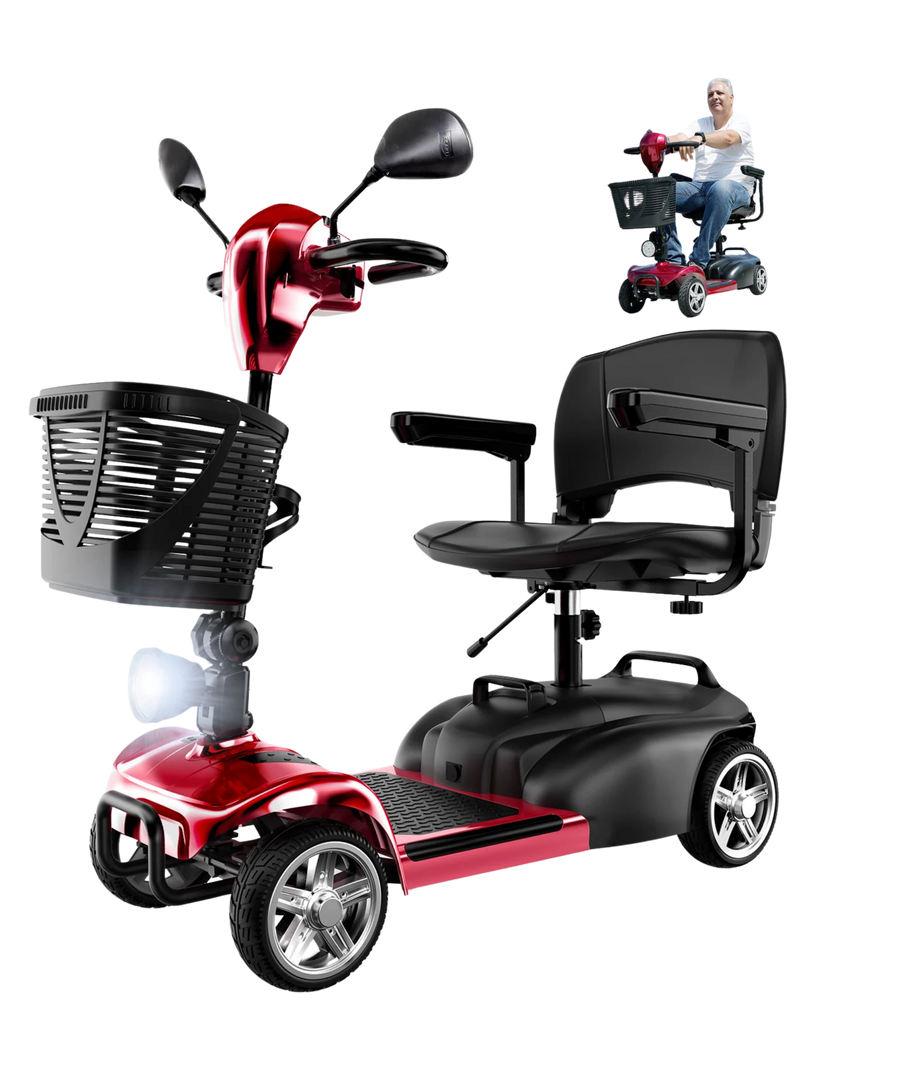



























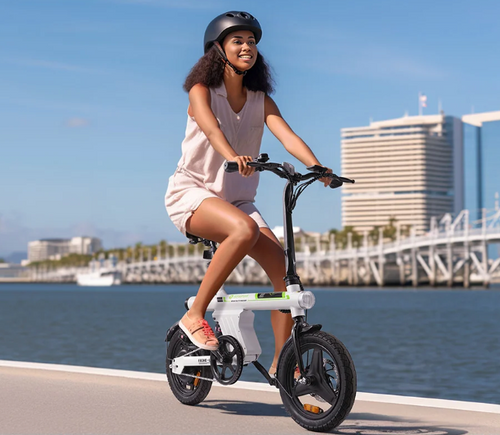



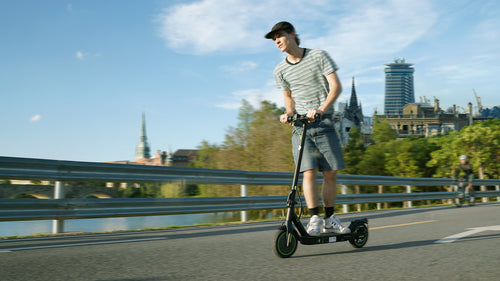


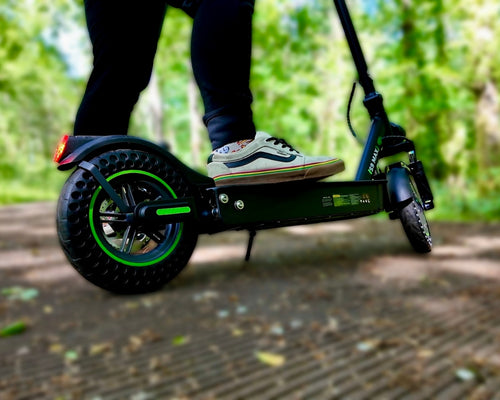
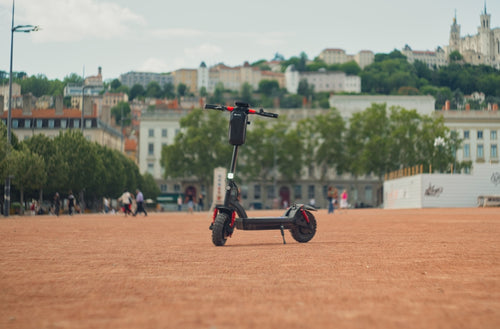
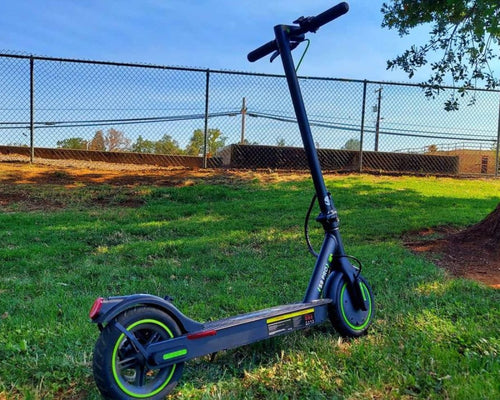





Leave a comment